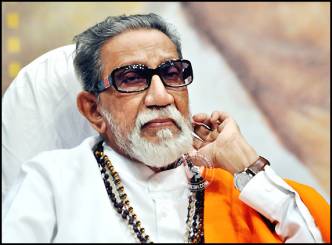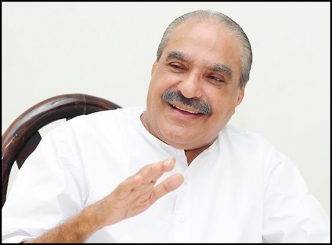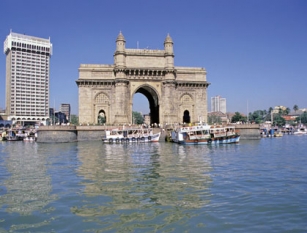Mumbai common man’s transport becomes death trap, over 35000 dead last decade
December 26, 2011 19:24
Mumbai locals are the arteries that keep Mumbai’s economy ticking, rattling 6 million people a day to offices, shops and factories. Fatal accidents are so common that stations stock sheets to cover corpses.
Mumbai is known to have the busiest and the largest railway network in the world. From 600 people in a 250 limit carriage to retards hopping and taking dumps on the railway tracks. Travelling by a certain “Virar Fast” during rush hour is no short of getting molested and manhandled by a million strangers. It becomes a night mare but it’s the daily ordeal for those innumerous travelers who need to trek long journeys to reach their work places. Arriving safe and sound for work after a trip on Mumbai’s clogged railways is no mean feat.
More than 35,000 people have been killed on Mumbai’s rail network over the last decade, according to a freedom of information request published on Friday.A total of 36,152 people died on the tracks between 2002 and November last year, the Daily News and Analysis newspaper reported, quoting data obtained from the Government Railway Police.
During the same period, 36,688 were injured in the western city, which is India’s financial and entertainment capital. The fatalities equate to nearly 10 people a day or over 3,000 a year. Mumbai’s suburban trains or “locals” carry an estimated seven million people every day and are a lifeline in an overcrowded city with traffic-clogged, potholed roads.
Train doors are normally open to the elements to combat high temperatures and humidity, with many travelers also hanging out of carriages or perching between them. A chronic lack of housing has seen slum-dwellings spring up alongside tracks, increasing the risk of death and injuries. Causes of deaths and injuries on the railways include falling from open doors, and being hit by trackside poles or while crossing tracks.
The Central and Western railways that run trains in and out of the landmark Churchgate and Chhatrapati Shivaji Terminus stations have tried to reduce casualties in recent years. Initiatives have included a publicity drive against roof-top train travel as well as an awareness campaign to stop young men and teenagers performing “stunts” on moving trains by hanging out of carriages.















